Lygodium flexuosum (L.) Sw.
| Etymology | Genus | From Greek lygodes, referring to its twisting shoots |
|---|---|---|
| Species | Winding | |
| Family | Schizaeaceae | |
| Synonyms | Ophioglossum flexuosum L. | |
| Common Names | Maidenhair Creeper | |
| Status | Native: Common | |
| Form | Climber | |
| Native Distribution | China, India, Sri Lanka, Indochina, Malesia, New Guinea | |
Diagnostics:
Lygodium flexuosum is a very common climbing fern in open areas. The fronds are branched in pairs, which holds leaflets of varying forms, though usually in an elongated lance-shaped.
It is similar to a congener Lygodium microphyllum, including occupying the same habitat. The former however has more elongated fronds, and a shorter rachis.
Interesting Facts:
The Maidenhair Creeper has a number of recorded medicinal uses, including treatments for "female infertility, gonorrhoea, herpes, ringworm, loss of appetite, sleeplessness, chills, night sweats, inflammation, fractured bones, scabies, ulcers, eczema, cuts, haemorrhoids, rheumatism, jaundice, sprains, carbuncles, and as an expectorant, a pain killer and a diuretic. The stems are used to manufacture baskets, hats, handbags, fancy boxes and to tie rice bundles" (Vélez-Gavilán, 2019).
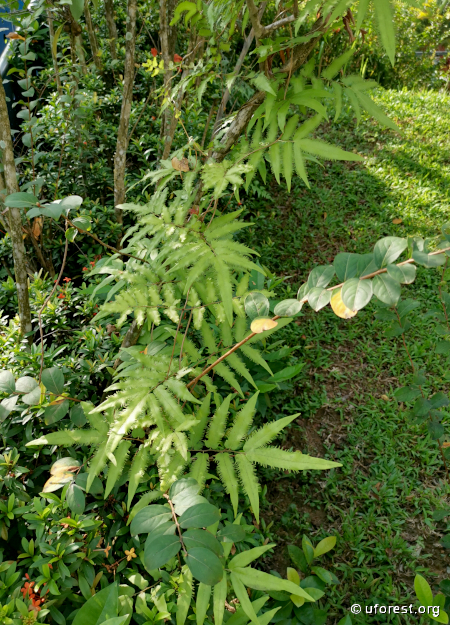
Climbing fern in Sengkang, 2021.
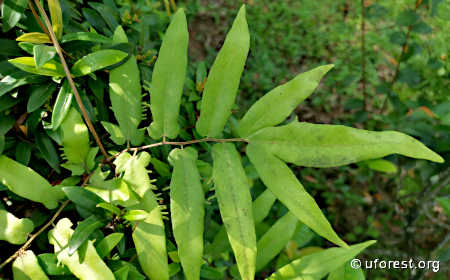
Non-fertile frond
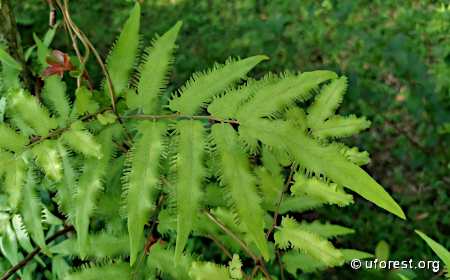
Fertile frond.
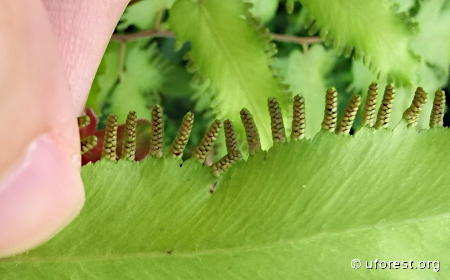
Underside of a fertile frond.
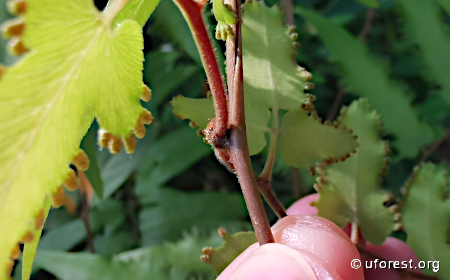
Very short rachis.
References
Vélez-Gavilán J (2019) Lygodium flexuosum (maidenhair creeper). Invasive Species Compendium. Wallingford, UK: CABI. DOI:10.1079/ISC.18796786.20203483144.
Author: Siyang
Posted: 2021-07-17 / Modified: 2022-09-29